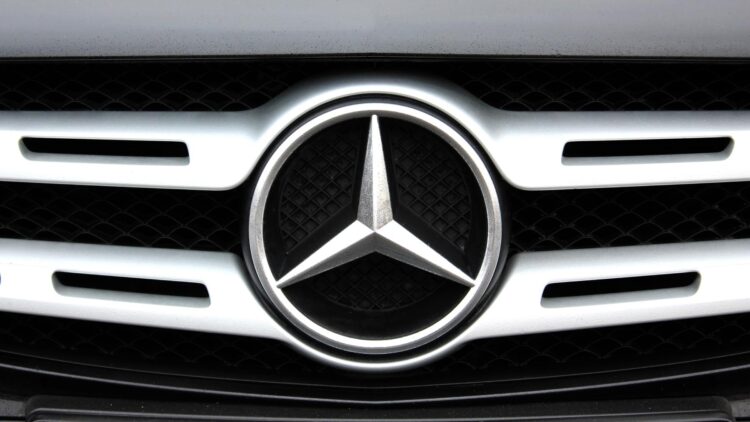While many seem to be clear on the fact that electric vehicles are the future, the engine debate has not stopped there. Considering all the issues with battery life and range that these vehicles have, it is no wonder that companies like Mercedes-Benz are trying to create alternatives to solve the problem and get users excited for this new way to approach mobility. Their latest innovation? A new kind of engine that runs purely on hydrogen.
While these engines are not new per se, they have been used before in buses, this new GLC F-CELL incorporates new technology that makes it a plausible alternative to gas powered engines or electric engines. The new model is a crossover SUV that blends two power sources: a hydrogen fuel cell system and an external rechargeable battery, allowing drivers to choose between topping up their battery like a regular electric car or pulling into a hydrogen refueling station and fill up the tanks. This new level of flexibility helps drivers with most of the problems that pure electric vehicles have by giving them a reliable alternative.
How this new Mercedes-Benz GLC F-CELL technology works
Just like with traditional hydrogen engines, inside the car there are tanks that hold hydrogen under high pressure and when this hydrogen flows into the fuel cell, it reacts chemically with oxygen to generate electricity. That power is what drives the electric motor and moves the vehicle and as the only byproduct creates water vapor which is liberated by the tailpipe.
The lack of harmful emissions is one of the best advantages that a hydrogen engine has, especially in this day and age when the concern with pollution is at an all time high, especially in cities where the population density, and thus the concentration of cars is higher. Since the only byproduct is water, the arguments in favor of this new model are hard to make and Mercedes-Benz, who has made sustainability one of its top goals, has bet on this new model as a solid choice for people who care about cutting down on pollution and doing their part in the climate fight.
But as sustainable as this new car is, we all know that customers will not bite the bullet unless it is up to snuff, especially considering the price point it is bound to have considering it is a Mercedes-Benz. This new model is built for long hauls, with a total driving range that tops 400 kilometers when combining both the battery and hydrogen systems. For those concerned with charging times, which is a concern with most electric vehicles, if you are just refueling hydrogen the process takes about three minutes, which makes it reliable on road trips.
But since it also combines the power of hydrogen with the power of an electric engine, drivers also get all the advantages of using things like regenerative braking to extend the range of the vehicle, making the driving experience not just clean, but smooth and efficient, too.
Considering the dip that the electric vehicle market has seen in the past few years and that many companies are rethinking their long term strategies (despite pressure from the authorities such as the European Union to make the market greener by 2030 and 2035 at the latest) it is refreshing to see that Mercedes-Benz has continued to make sustainability one of its top goals.
The company is investing heavily in hydrogen tech as part of their broader strategy to reduce carbon emissions across the board and this new GLC F-CELL is just the first stepping stone into what the company has planned for the future.

